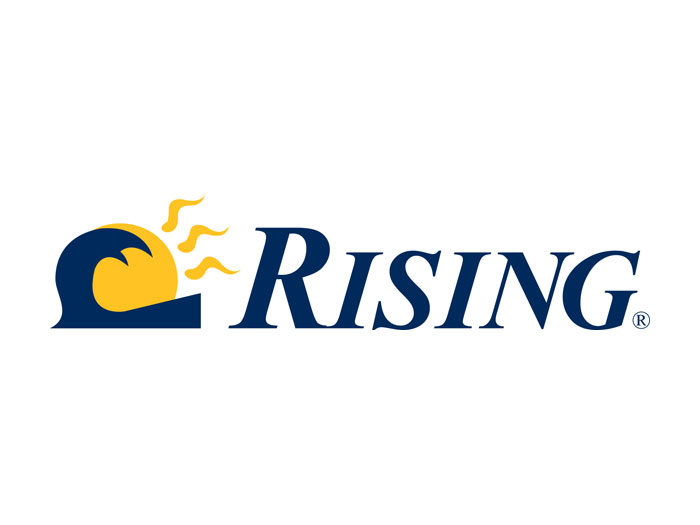You Will Get Bricked; How to Survive Obsolescence Risk
Technology introduces a variety of obvious risks, including security, privacy, piracy and basic preservation of data.
There’s another risk that has become more prevalent — obsolescence, both planned or engineered, and what I will call “natural” obsolescence.
Planned obsolescence also goes by another name — being “bricked.” When you’ve been bricked, the device you own is now useless by design due to obsolete or defective software.
Natural obsolescence occurs as technological advancements make certain technologies — hardware and software — suboptimal, requiring some sort of change. Examples include the basic capabilities of computers. Think of the transition from desktop to laptop to handheld and all of the business process changes these developments enabled or forced.
Or look at the change from DOS to Windows, or when the popularity of Apple iOS surged, making Apple a business choice.
The decision by Microsoft to no longer support Windows 7 naturally introduced risk into many companies.
Other hardware has been “bricked” by manufacturers, leaving users unable to use devices or run processes.
Such planned obsolescence is a growing and significant risk. It is being introduced by companies like Apple, John Deere, Sonos and many personal and business products. Because of this, there is now a significant risk that what works today won’t work tomorrow.
The ability to have these tools repaired by other than the original manufacturer has brought about the Right to Repair Movement.
Many examples are offered for when repairs are made and the users’ data is not necessarily preserved. Timeliness of repair is also being called into question in many citings. But in some cases of intentional obsolescence, capabilities of otherwise functional tools will disappear.
The point here is not which side of the argument you stand on Right to Repair — although I suggest you explore this matter — but rather that risk managers have a growing spectrum of exposures to understand and manage.
Certainly, the COO or CIO are responsible for the wellbeing of the company and any equipment used, as well as the technology. But the risk manager has an inherent duty to advise and help manage issues that threaten the business.
That’s the state of where we are today. Before continuing, you may want to get a cup or a glass of something stronger, depending on the time of day and whether you are on or off the clock.
More and more technology capabilities are moving to the cloud and are being provided via software-as-a-service. This is expanding the landscape of risk exposures for companies. The risk of business interruption and financial stability for most organizations now extends literally globally, because the internet essentially is geographically agnostic. That’s a current, common business risk.
Let’s fast-forward just a few years and examine an evolving risk that most risk managers may not have considered: artificial intelligence, predictive models, machine learning and other “intelligent” systems and solutions.
These are set to infiltrate most firms in the near future, changing the business models and workflows for many companies.
More and more of these “solutions” are being provided by outside parties. Even if they are internal systems, the technology that drives these changes is beginning to possess the intelligence of the company. Business decisions will incorporate insights from intelligent systems or, even, businesses might allow those very systems to have the final say.
So, what about the risk of obsolescence both natural and planned in this not-too-futuristic state?
When an “intelligent solution” becomes obsolete — whether natural or by design — will your organization be prepared to retain the “intellect” that has become a natural part of these systems?
In fact, AI may actually replace the staff or responsibilities of the remaining staff to the extent that your organization is dependent upon the system.
What will your organization do without this intelligence if it has been “bricked?”
Now is the time for risk managers to mitigate and manage the “bricking” risks that already exist by partnering with the rest of the executive team. Raising an awareness of these risks and then developing a risk management strategy and supporting program is key.
Setting up regular sessions with the COO, CIO and other business leaders is a logical first step in raising awareness for these emerging modern risks.
Remember that most people don’t think like risk managers (just ask your significant other, family or friends). By shining a light on risks and exploring various risk management considerations, you will be developing a much-needed strategy suited for the modern world of technology.
Preserving the organization’s intellectual property through process, systems and decision documentation as well as data and systems/services back-ups is as much a part of risk management as it is the responsibility of the entire executive team. &










